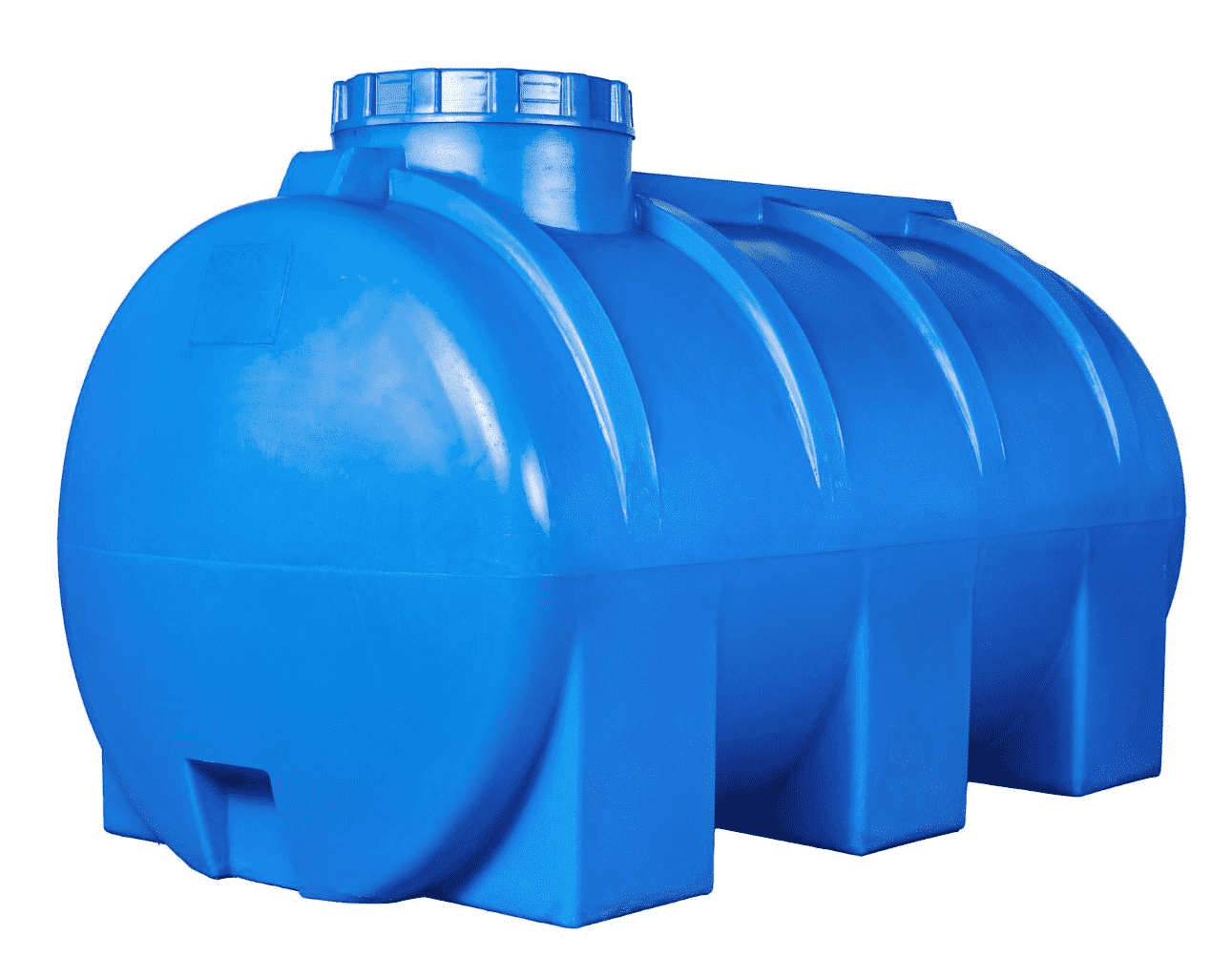As concerns about water scarcity and sustainability continue to grow, many homeowners are turning to rainwater harvesting as a solution. Rainwater tanks, also known as rain barrels or cisterns, offer an efficient way to collect and store rainwater for various uses, including watering gardens, flushing toilets, and even for drinking in some cases. However, with a plethora of options available on the market, choosing the right rainwater storage tank can be overwhelming. In this guide, we’ll explore the key factors to consider when selecting a rainwater tank that meets your needs.
1. Determine Your Water Needs
Assessing your water usage requirements is crucial before diving into the world of rainwater tanks. Consider the following questions:
- What will you be using the harvested rainwater for? (e.g., irrigation, household use)
- How much water do you typically use for these purposes?
- How frequently does it rain in your area?
Understanding your water needs will help you determine the size and capacity of the rainwater tank you require. For instance, a household planning to use rainwater for gardening may require a smaller tank than one intending to supplement indoor water usage.
2. Assess Available Space
Rainwater tanks come in various shapes and sizes, so evaluating the available space on your property where you intend to install the tank is essential. Consider factors such as:
- The size of your property
- Local regulations and zoning laws regarding rainwater tank installation
- Distance from gutters or downspouts for water collection
Some homeowners opt for slimline tanks that can fit neatly against a wall or under a deck, while others may have ample space for larger, round tanks. Take accurate measurements to ensure the chosen tank will fit comfortably in the designated area.
3. Material Matters
Rainwater tanks are typically made from three primary materials: plastic, metal, and concrete. Each material has its advantages and disadvantages:
- Plastic: Plastic tanks are lightweight, durable, and relatively affordable. They are also available in various colors and styles. However, they may degrade over time when exposed to sunlight and can be prone to cracking in extreme temperatures.
- Metal: Metal tanks, like those made from stainless or galvanized steel, are robust and can withstand harsh weather conditions. They also offer a classic aesthetic appeal. However, they tend to be more expensive than plastic tanks and may require additional maintenance to prevent corrosion.
- Concrete: Concrete tanks are highly durable and suitable for underground installation. They provide excellent insulation, keeping water cool and preventing algae growth. However, they are heavy and may require professional installation, increasing overall costs.
Consider your budget, aesthetic preferences, and long-term maintenance requirements when choosing the material for your rainwater tank.
4. Quality and Durability
Investing in a high-quality rainwater tank is essential to ensure longevity and efficient water storage. Look for tanks from reputable manufacturers with a track record of producing durable products. Check for features such as:
- UV resistance (for plastic tanks)
- Corrosion-resistant coatings (for metal tanks)
- Reinforced construction (for concrete tanks)
Reading customer reviews and seeking recommendations from friends or local experts can also help you gauge the quality of different tank options.
5. Filter and Overflow Mechanisms
Effective filtration is crucial for maintaining water quality and preventing debris from entering your tank. Look for tanks equipped with built-in filtration systems, or consider installing external filters to ensure a clean water supply.
Additionally, overflow mechanisms are essential for diverting excess rainwater away from your property’s foundation. Ensure the tank you choose has adequate overflow outlets, and consider installing a diverter to direct overflow to a designated drainage area or garden.
6. Consider Additional Features
Depending on your specific needs and preferences, you may want to consider additional features or accessories for your rainwater tank, such as:
- First flush diverters: These devices divert the initial flow of rainwater away from the tank, helping to flush out contaminants and debris collected on the roof.
- Mosquito screens: Prevent mosquitoes and other pests from breeding in your tank by installing screens or mesh over inlet points.
- Pump systems: If you plan to use rainwater for indoor purposes, such as flushing toilets or laundry, a pump system may be necessary to maintain adequate water pressure.
Evaluate these features based on your usage requirements and budget constraints.
7. Cost Considerations
Finally, consider the overall cost of purchasing and installing a rainwater tank, including any additional accessories or plumbing required. While upfront costs may vary depending on the tank’s size, material, and features, remember to factor in long-term savings on water bills and potential rebates or incentives offered by local governments for installing rainwater harvesting systems.
In conclusion, selecting the right rainwater storage tank involves careful consideration of your water needs, available space, material preferences, quality and durability, filtration and overflow mechanisms, additional features, and cost considerations. By considering these factors, you can choose a rainwater tank that meets your immediate needs and contributes to sustainable water management practices for years to come.
With this guide, you’re now equipped to make an informed decision and embark on your journey towards harvesting rainwater for a greener future.



